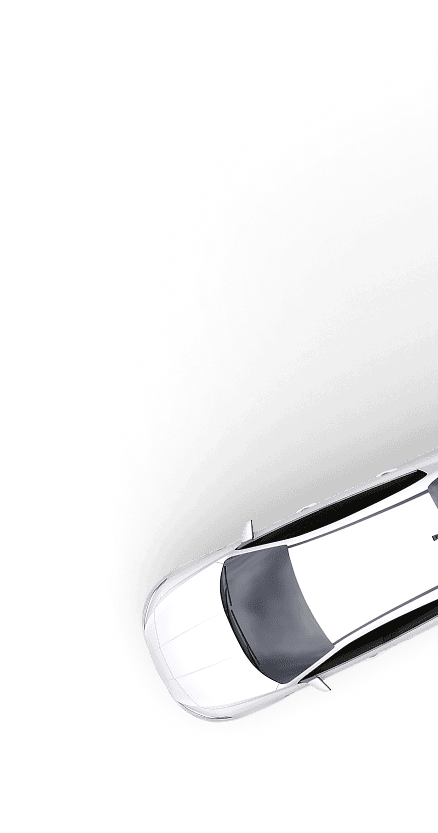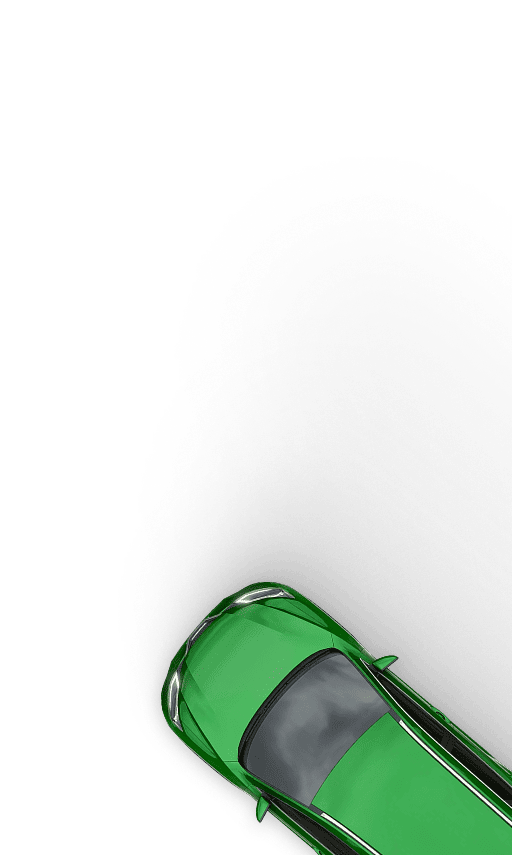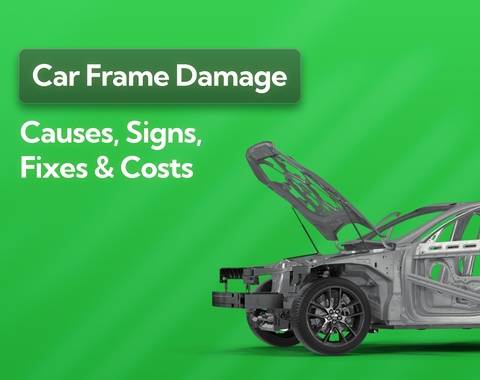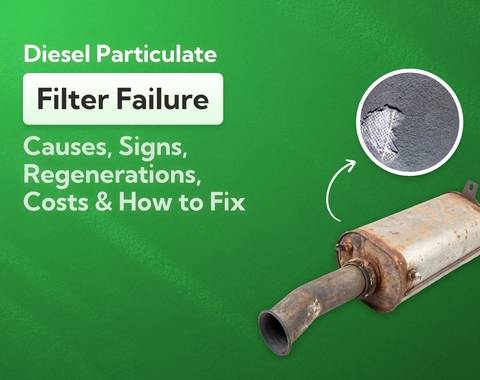Car Insurance Groups Explained
Car insurance groups help determine how much you’ll pay to insure a vehicle. But what actually puts a car in Group 6 vs Group 36? In this guide, you'll learn how UK insurance groups work, why they matter and how to use them to your advantage when buying a car.
Last updated: 10th October, 2025

Anthony Sharkey is COO at New Reg Limited (Car.co.uk, Trader.co.uk, Garage.co.uk), driving innovation in vehicle recycling, logistics, and customer experience.
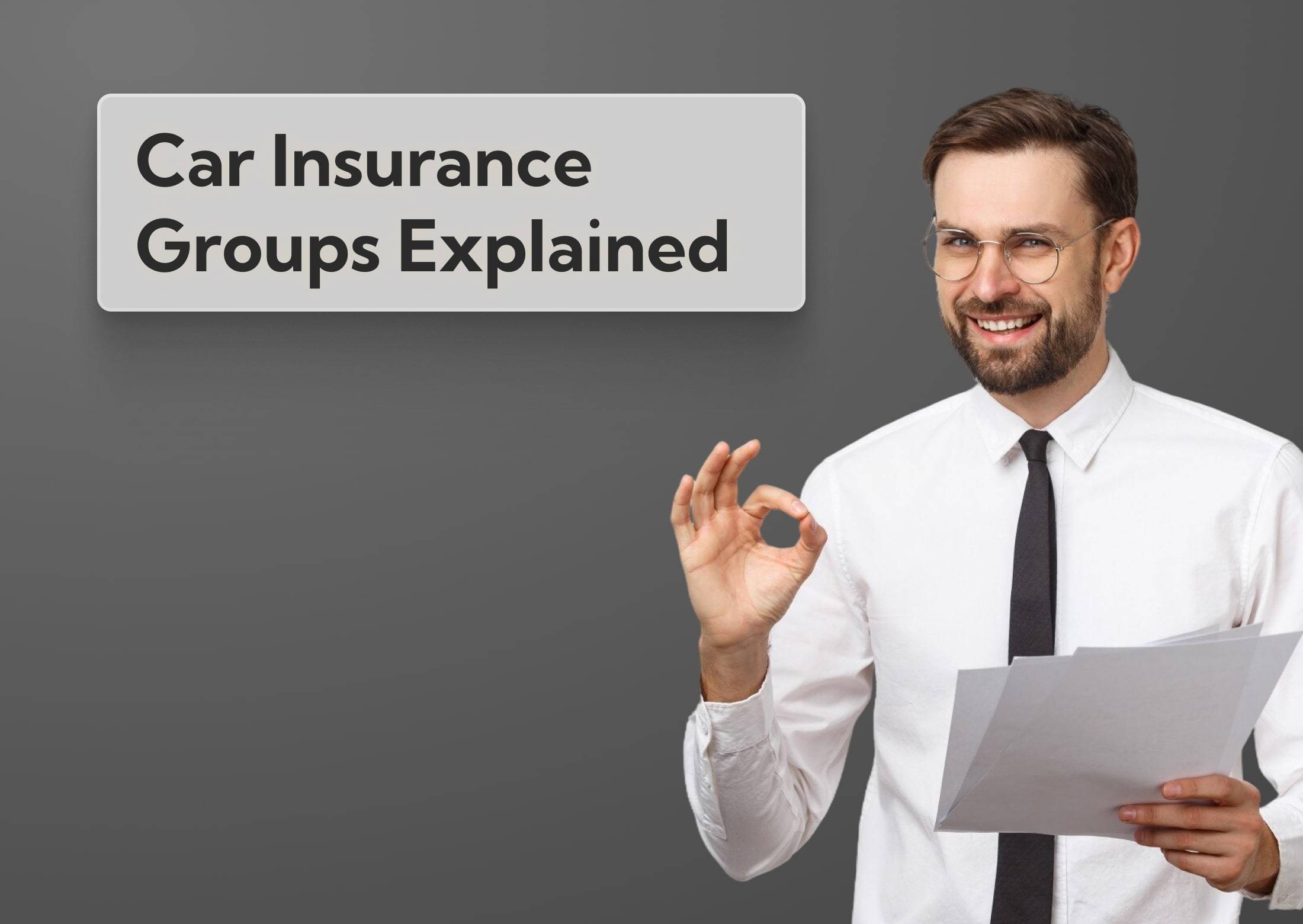
Listen to this story
There are 50 car insurance groups in the UK and new vehicle in the UK is assigned to one. While they won’t tell you exactly what your premium will be, they’re a useful indicator of cost. Generally, the lower the group number, the cheaper the motor insurance.
The real value is you can use them to compare cars side-by-side and spot the ones that'll have cheaper cover. If you’re choosing between two similar hatchbacks, knowing their group rating could mean the difference between affordable and eye-watering insurance costs.
In this guide, I'll walk you through how insurance groups are set, what goes into the ranking and how you can use them to pick a car that won’t drain your wallet on insurance.
What's in this article
The make, model, and year of your car is one of the key factors used when pricing car insurance premiums. Car insurance groups are set for each vehicle and can help you compare the anticipated cost of car insurance. Every new vehicle in the UK is assigned to an insurance group which is a rating between 1 and 50 with 1 representing the cheapest cars to insure and 50 being the most expensive. Accordingly, this means that vehicles with a classification of 1 represent the lowest risk to an insurer and 50 the highest risk. Whilst there is currently a total of 50 car insurance groups in the UK this range was extended from an original series of 1 to 20 in 2009.
Insurance groups may also contain a security rating which is an alphabetical digit that follows the numerical value. This is a further classification of an insurance group that helps show differences in security features amongst cars in the same group and provide a guide. Each group has criteria that are expected of the vehicle and a score is shown for a given make and model only when Thatcham has rated the car's security features. Current values used are E, A, P, D, U & G. More information on these can be found below.
When purchasing a new (or used!) car the insurance group rating is a comparison tool that should be used to research the vehicles you are interested in as the rating between different makes and models could impact your decision. The insurance costs of a vehicle are often regarded as the largest running cost faced by a motorist and you must budget accordingly.
In the UK, the insurance groups are set by the Group Rating Panel which is an industry body made up of members from the Association of British Insurers (ABI) and Lloyds Market Association (LMA). The group rating scheme is then administered by Thatcham Research who provides the classification data for both private cars and light commercial vehicles. Whilst well regarded as a standard classification system there is currently no requirement for any insurer to use this system and certain insurers may follow their rating system instead.
How do car insurance groups work?
Car insurance groups work through a linear scale as noted above. With the Group Rating Panel meeting monthly and data provided by both the manufacturers and Thatcham analysed and then setting the rating for each new vehicle. Following a process, the body looks at several key factors, the largest of these being the cost of vehicle repairs. This is because the majority of insurance claims are for repairs to a motor vehicle and not a total loss. To determine the costs of repair for a car they follow the global standard of studying the effects of a car crash involving the vehicle at a crash impact speed of 15km/ph. Using proprietary methods, the damage is analysed and estimates are prepared that takes into account both the cost of parts and the time needed to make the repairs. Other factors are also taken into consideration. These include:
- The purchase price of the vehicle
- The performance of the vehicle in terms of acceleration and top speed
- Vehicle security (Anti-theft measures)
- Safety features of the vehicle such as Autonomous Emergency Braking (AEB)
- Replacement costs of parts from a standard list
What do the letters mean on car insurance groups?
The letters used on a car insurance group are related to the security features of the vehicle as determined by testing from Thatcham. These help distinguish cars in the same group amongst the criteria expected of any given group. Current values used are:
- E – Exceeds the security requirement – The group rating (numeric value) has been decreased as the car exceeds the requirements of the group it was in.
- A – Acceptable Security Requirement – This car meets the requirements of the group it is in.
- P – Provisional – The data was incomplete when the car was classified
- D – Does not fulfil the group's security requirements – The numeric group rating has been increased as the car did not meet the required standard of the group it was in.
- U – Unacceptable Security – The level of security offered is not acceptable by the industry body as the car is significantly below what is acceptable.
- G – Import – The vehicle is an import and therefore does not carry a standard rating. The rating scheme only covers vehicles that are manufactured for the UK market.
What the experts say

Steven Jackson OBE
What are the cheapest cars to insure?
The cheapest cars to insure are generally Group 1 cars. These are cars with low performance, adequate vehicle safety & security and low repair costs. Often these cars are well suited to young drivers or provisional licence holders. In 2020, the following vehicles are worthy considerations in this group:
- Nissan Micra
- Hyundai i10
- Volkswagen Polo
- Volkswagen Up
Next time you are purchasing a car make sure to research the insurance group of your desired purchase as along with your driving history, how many accidents or claims you have had and where you live, this will impact the insurance premium you pay. For more information on car insurance make sure to read our FAQ on how car insurance works or if you are looking for an insurance quote, use the Car.co.uk comparison tool today!
About Car.co.uk
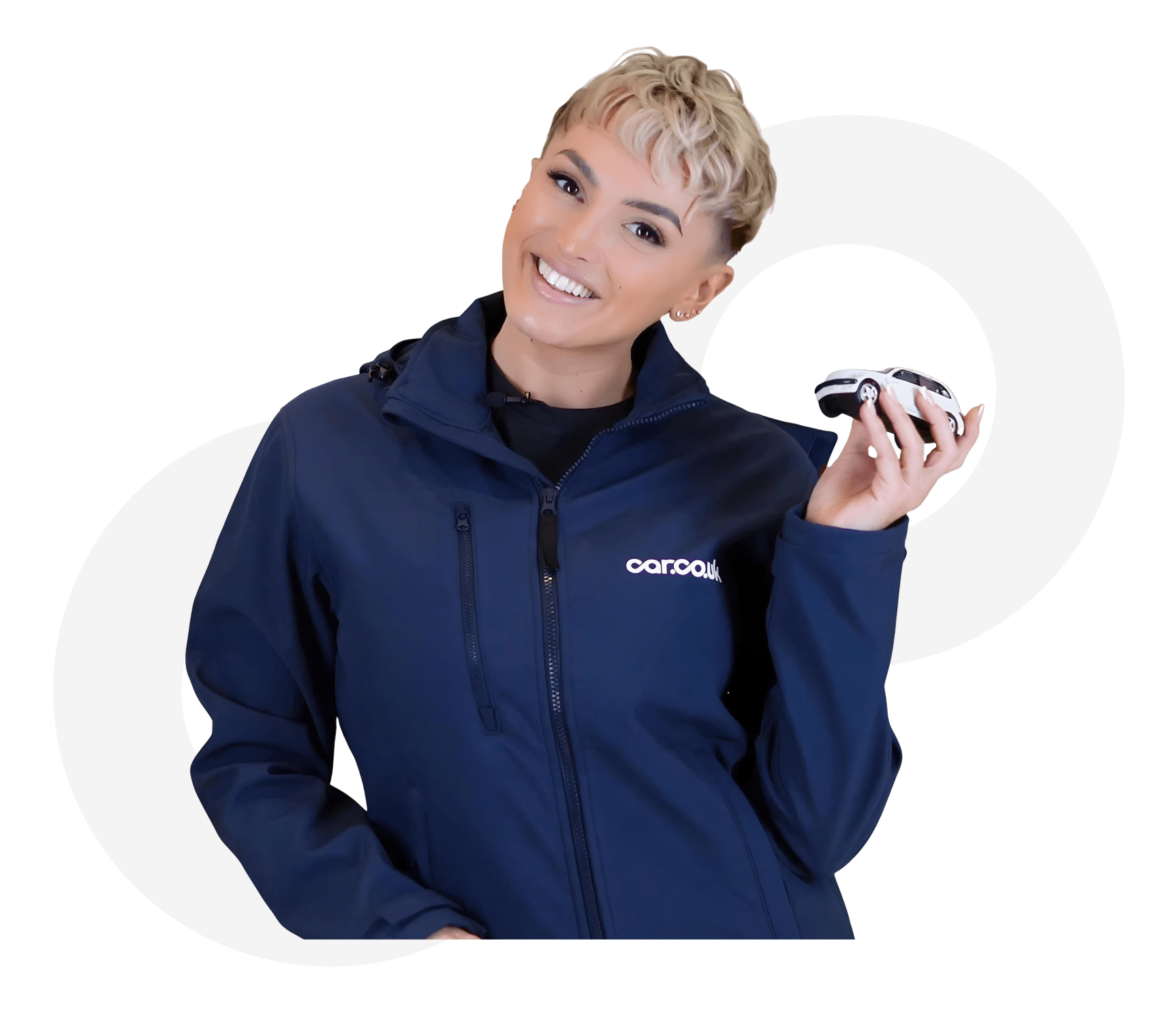
Share on
Latest news & blogs

